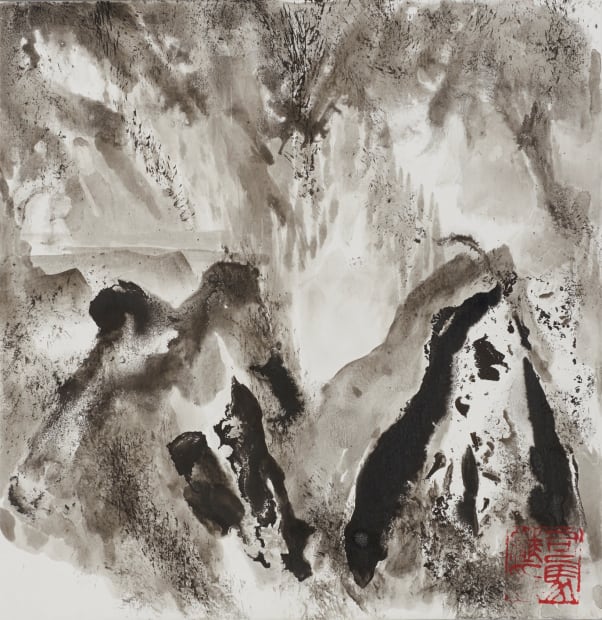-
 Patricia Cain, Florence Hillside. RSA Collection.
Patricia Cain, Florence Hillside. RSA Collection. -
 Patricia Cain, Forest II, mixed media, 105 x 75 cm, 2019
Patricia Cain, Forest II, mixed media, 105 x 75 cm, 2019 -
What would you say the long-term impact has been on yourself and you work?
I think that having been awarded the scholarship at such a foraminal point for me, of itself was impactful. It’s very difficult to see your work from an outside perspective, so it made me feel encouraged and valued when my practice was in its infancy and was an opportunity to make something that wouldn’t have been attainable otherwise.
I’ve returned many times to Florence because of the scholarship. Looking back, the connections and opportunities that came from the experience provided a European context to my work. And whilst I didn’t know it at the time, the rather inexplicable deep attraction to Italian design/painting I’ve developed, could also in part, be explained by my subsequent knowledge that I was in fact adopted from a family with Italian roots.


